There are many components to cooking—the smells, the sounds, and even the tastes the lucky cook gets to sneak. However, cooking isn’t all about throwing in a dash of this or searing a side of that. There is a lot of prep work, appliances, and essential tools involved. That’s why having the right knife can make or break a meal.
Your kitchen prep is a crucial part of cooking when you think about it. You have to have the precise cuts, the knives have to slice through some tough materials, and the prep sometimes has to be done quickly.
The right knives make all of the difference here. How will you trim your Paleo meat properly without a boning knife? What about all of those day-to-day slicing and dicing tasks—what blade is best for that? There are so many knives—how do you know which is used for what task?
Well, we’ve created a guide to help you cut through all of the confusion and impress your family and friends with every recipe.
A Blade for Every Bidding
Serrated
The serrated, or wavy looking, edge allows greater pressure to be placed on the object being cut.
Best For:
- Breads
- Hard crusts
- Tough or slippery skins
Straight
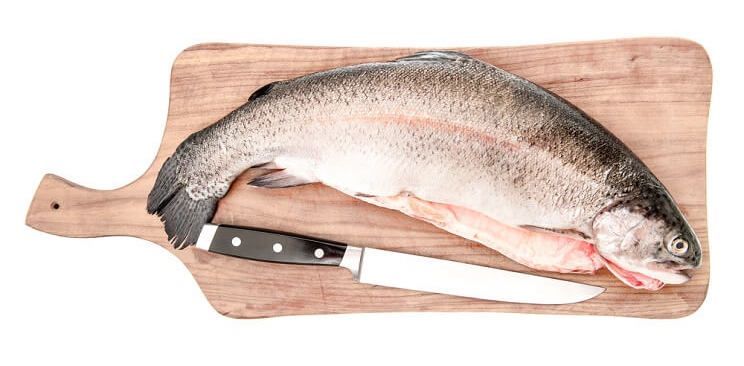
Best For:
- Raw meats
- Fish
- Vegetables
Granton
The Granton edge, also known as the Kullenschliff edge, can be recognized by the hollowed out grooves on the sides of the blade. The grooves keep food from sticking to the knife.
Best For:
- Thin cuts
- Tearing or shredding food
Sharpening Knife Maintenance Skills
Cleaning and Storage Short Cuts
- Never put your knives in the dishwasher
- Clean knives by hand with warm, soapy water
- Always clean knives before storing to prevent bacteria
- Make sure your knives are dry before storing to avoid rust
- Oil knives twice a year to avoid corrosion
- If storing knives in a drawer, always use blade protectors
- If storing in a wooden block, keep them in horizontal slots to prevent dulling
- Keep knives sharp as they are much safer than using a dull knife
- Don’t repair a damaged knife on your own—find a repair shop
How to Stay Sharp
- Whetstone or diamond stone
- Honing rod
- A knife sharpener/sharpening kit
- Ask a kitchen supply store to do it
Edgy Materials and Upkeep
Carbon Steel
- Clean with soap and water
- Lightly oil
- Hand dry
- WARNING: Tarnishes easily
Stainless Steel
- Don’t soak
- Hand dry
- WARNING: Prone to rust
Titanium and Ceramic
- Easy maintenance
- Scrub with hot water and soap
- Hand dry or drain board
- Blades aren’t prone to rust
Know Your Knives
The Multi-Taskers
Chef’s Knife
This knife is the best place to spend your money, as this knife will likely be receiving the most use. A well-made chef’s knife can last you a lifetime if you take care of it properly. Make sure to buy a knife with a sturdy grip, so it is as safe as possible.
Uses:
- Everyday food prep
- Chopping
- Mincing
- Slicing
- Dicing
Santoku Knife
This knife is slightly curved for easy mincing. It is generally lighter, thinner, and sharper than a Chef’s Knife, and can help make food prep all the more agile.
Uses:
- Mincing
- Scooping
- Crushing
- Thin cuts
- Dicing
- Slicing
Paring Knife
The meager Paring Knife may look tiny in stature, but the job it performs is no small task. This knife can tackle everything that your larger, day-to-day knives are too big to efficiently take on.
Uses:
- Peeling
- Coring
- Removing inedibles such as potato eyes
Bread Knife
A classic example of a serrated knife. This knife is best known for slicing up—bread, of course. However, the bread cutter isn’t limited to only one job; it’s also great with those trickier veggies with tough skins.
Uses:
- Bread
- Fruits and vegetables with tough skins
The Butcher’s Buddies
Meat Cleaver
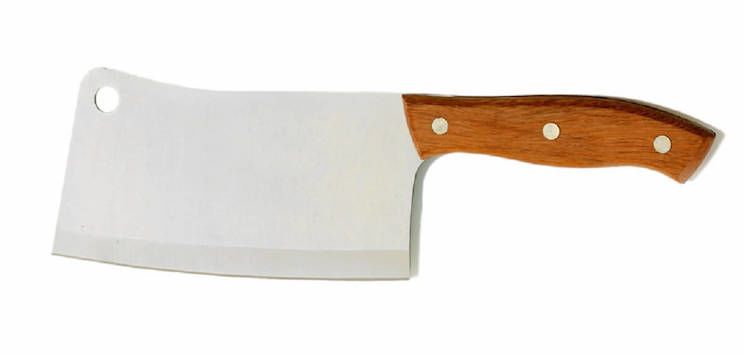
Uses:
- Splitting poultry
- Disjointing meat
- Separating ribs
- Smashing garlic and olives
Boning Knife

Uses:
- Cutting meat off the bone
- Trimming fat
- Slicing through tendons
Carving Knife
This knife slices through cooked meat like butter. When you are looking for a knife to cut that pot roast or rotisserie chicken—here’s your go-to.
Uses:
- Sawing through cooked meat
Slicing Knife
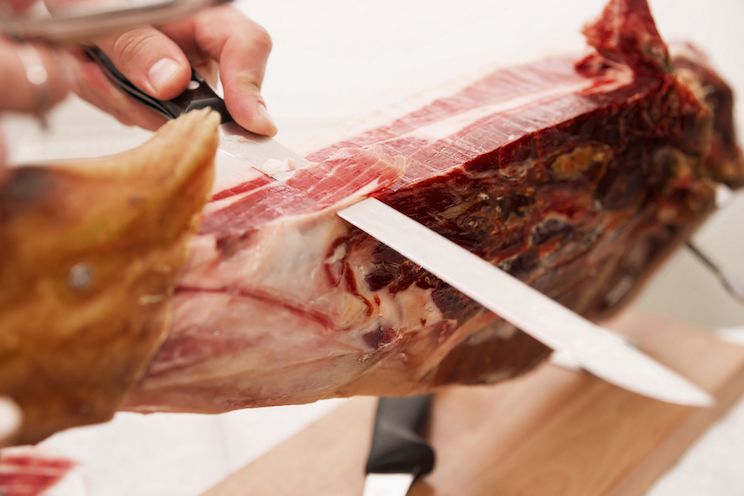
Uses:
- Carving
Butcher Knife
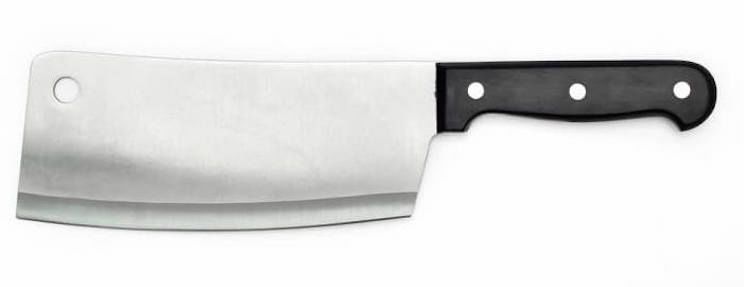
Uses:
- Disjointing meat slabs
- Segmenting meat and produce
The Special Visitors
Fillet Knife
The Fillet Knife is similar to a Boning Knife, except it is used for fish. It’s definitely a useful tool if you tend to eat a fair amount of food from different walks of life (literally).
Uses:
- Skinning and deboning fish
Steak Knife
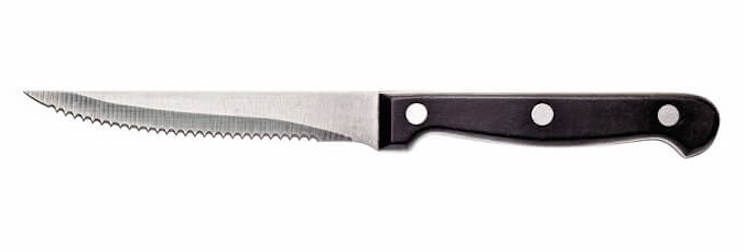
Uses:
- Cutting steak
Oyster Knife
Pretty easy to piece together what the Oyster Knife does, right? Yes, it shucks mussels, oysters, clams, and all other bivalves like a pro.
Uses:
- Shucking
Deba Knife
Another one of those knives people don’t expect you to have lying around, but if you have one, the Deba Knife can prove to be very useful when hosting dinner parties, as it can kick your cuts up a notch.
Uses:
- Filleting
- Sashimi slicing
(Read This Next: Appliances for Any Paleo Kitchen)


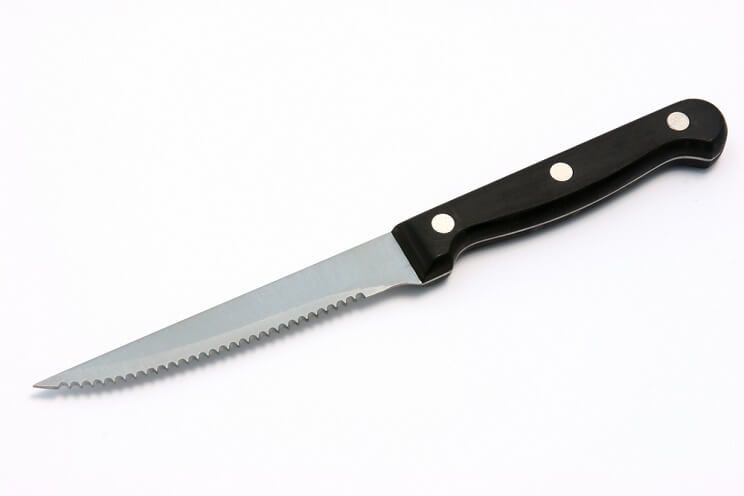

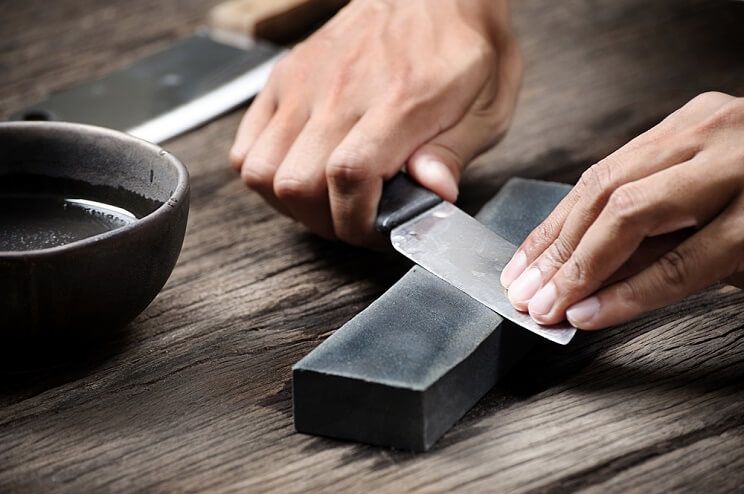
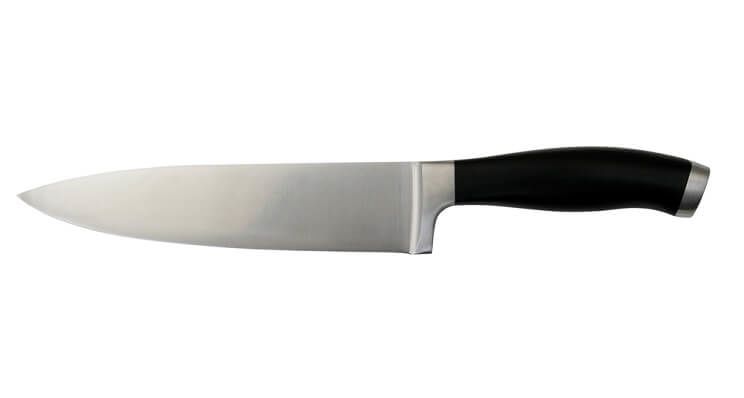
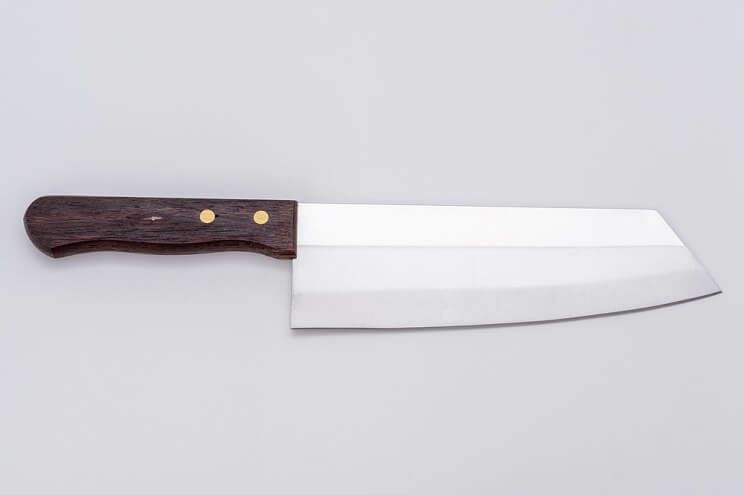
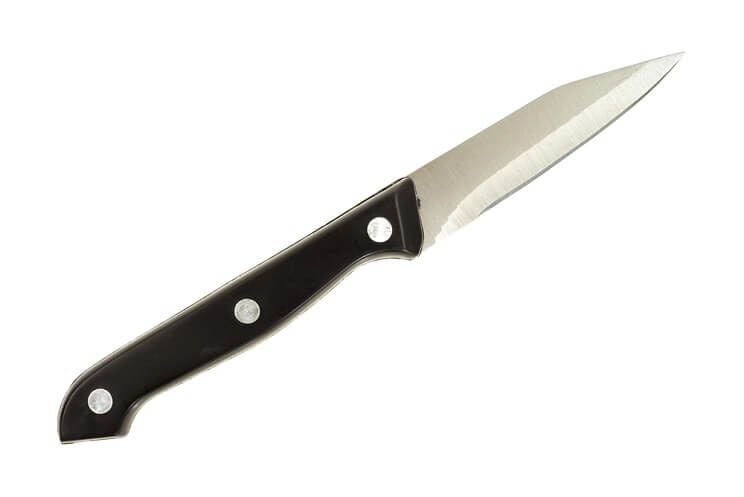
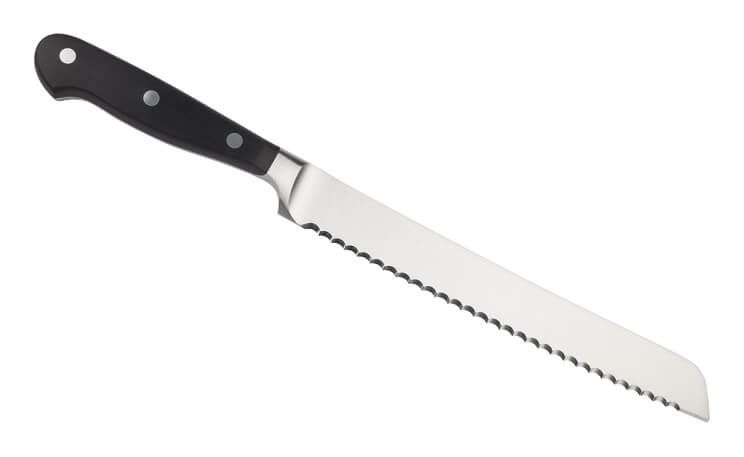
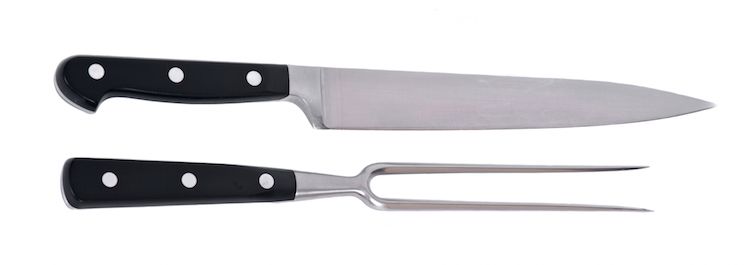
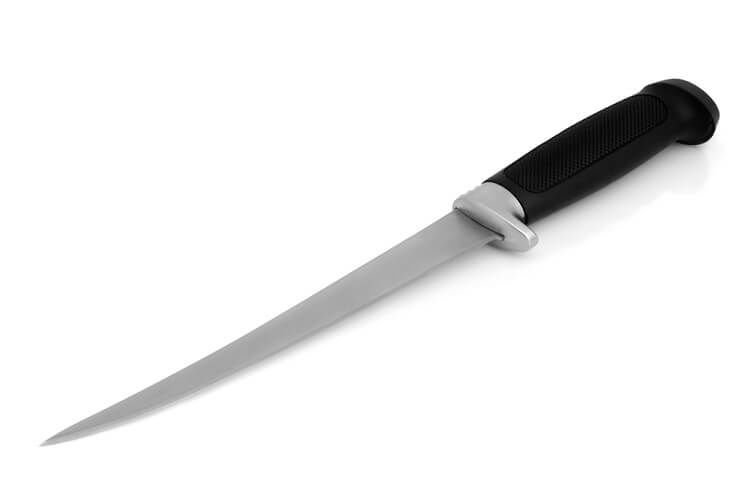
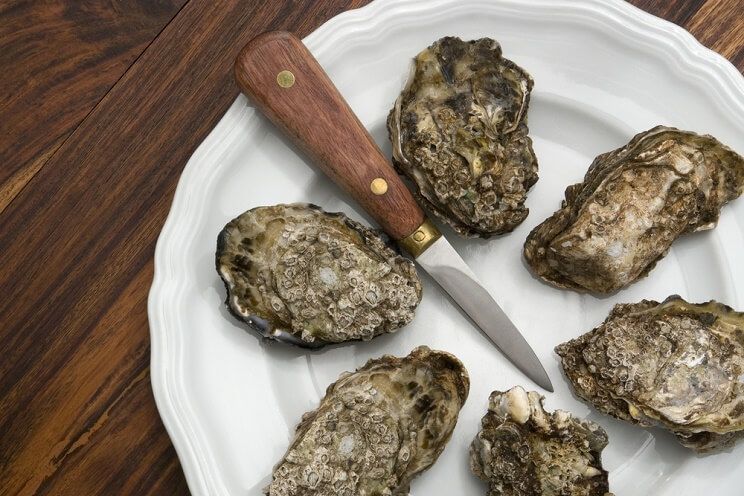
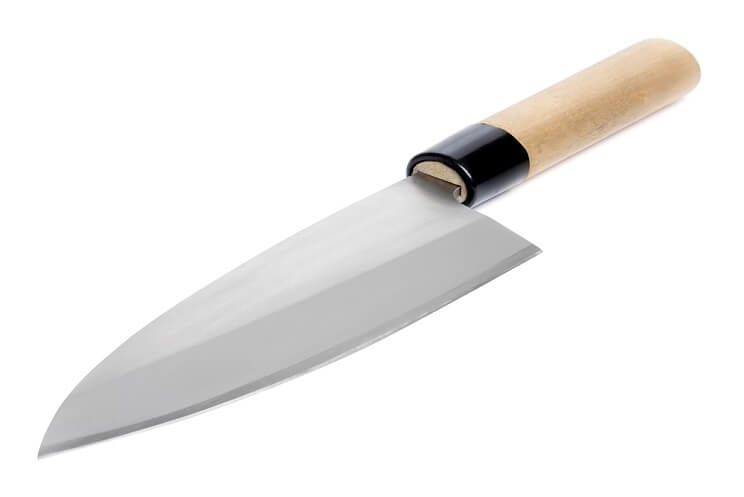

 Strawberry Chocolate Donuts
Strawberry Chocolate Donuts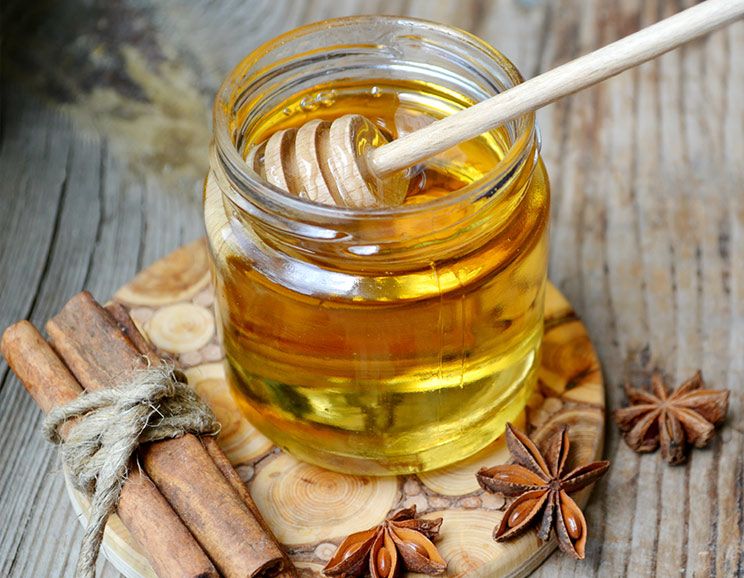
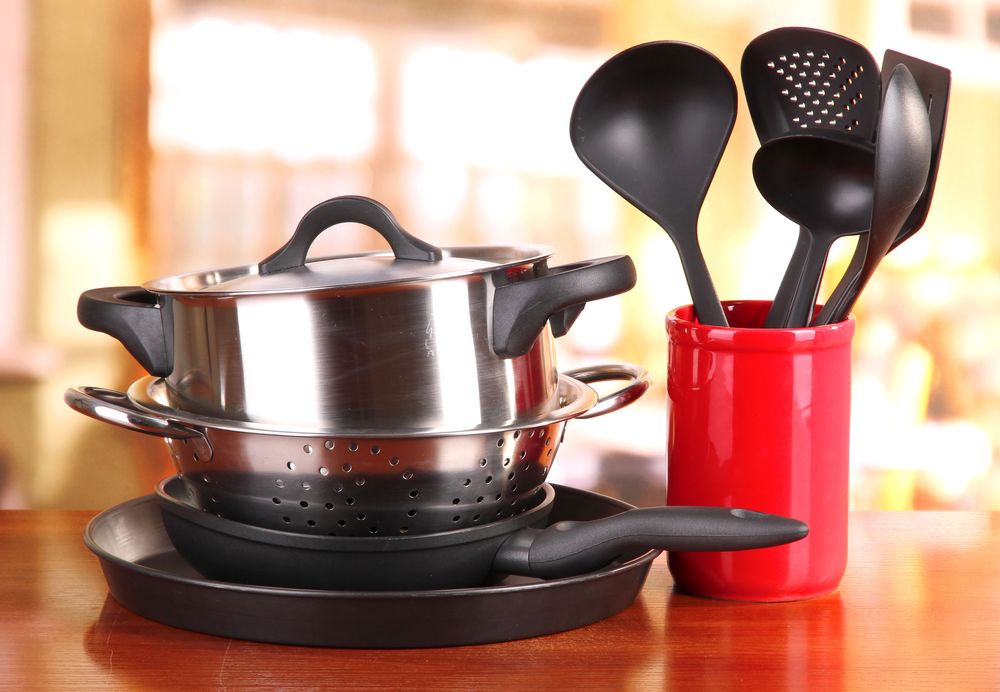
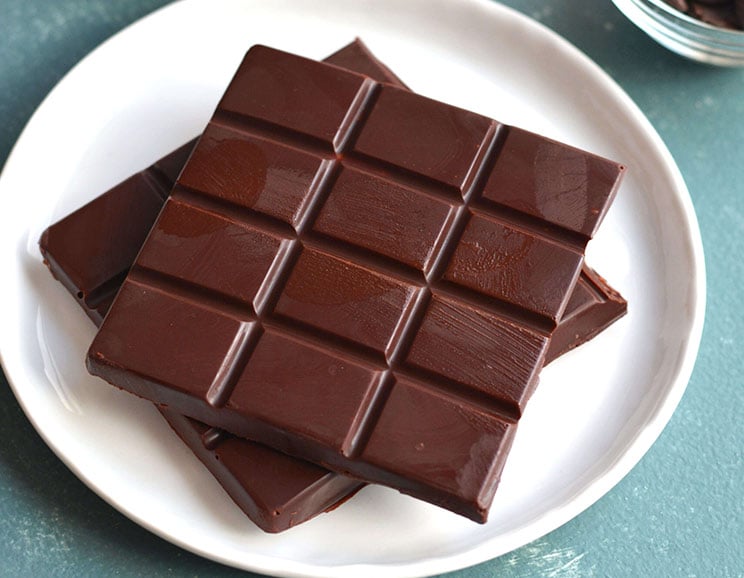
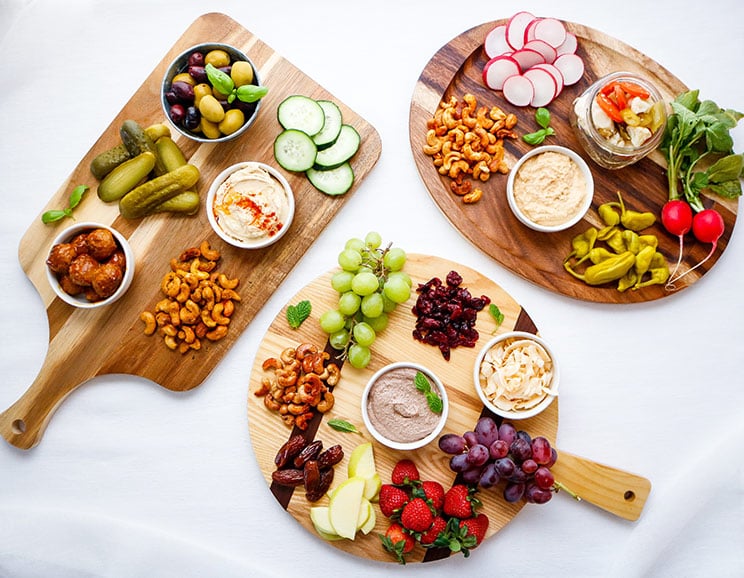

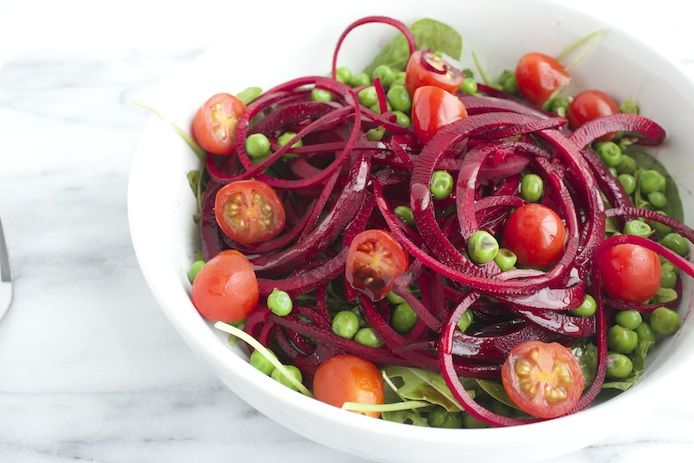
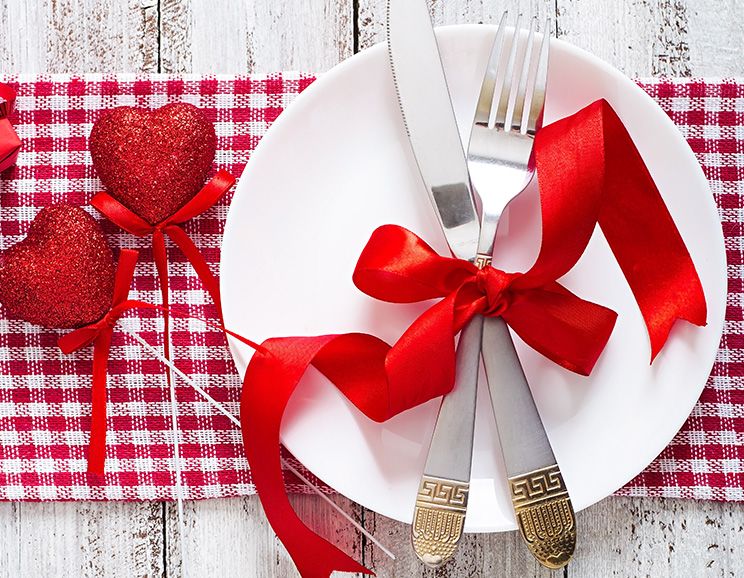

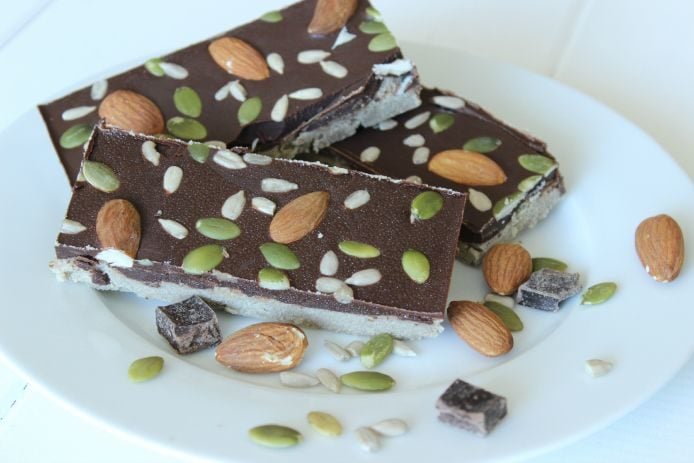
Show Comments